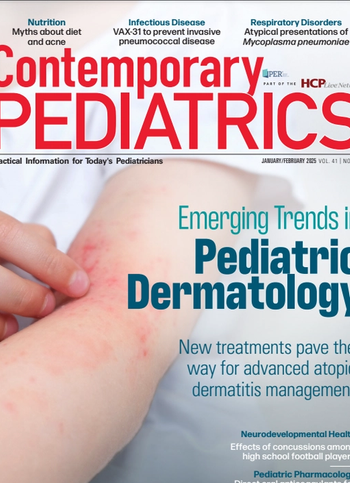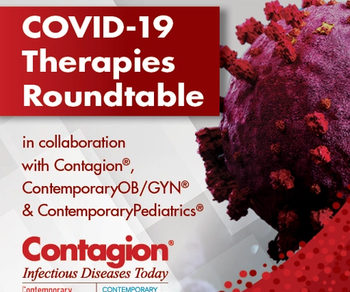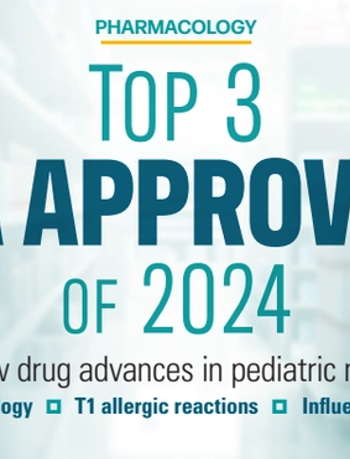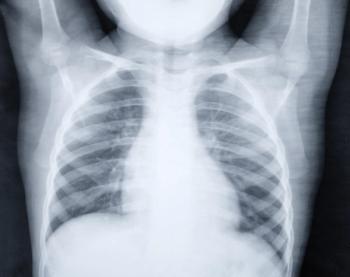
Editor-in-chief Tina Tan, MD, FAAP, FIDSA, FPIDS, highlights the January/February, 2025, issue of Contemporary Pediatrics.

Editor-in-chief Tina Tan, MD, FAAP, FIDSA, FPIDS, highlights the January/February, 2025, issue of Contemporary Pediatrics.

The lead clinical trial investigator for a phase 3 study of crinecerfont in pediatric CAH patients breaks down the December 2024 FDA approval.

Neffy was first approved in September 2024 to treat type 1 allergic reactions in patients who weigh at least 66 lbs (33 kg).

Get caught up with Contemporary Pediatrics! This list helps you navigate our top stories from the week, all in one place.

This week the panel weighs in on monoclonal antibodies in this patient population as well as important overall takeaways about COVID-19 therapies.

The FDA has approved the first generic once-daily GLP-1 injection for the improvement of glycemic control for type 2 diabetes in patients 10 years and up.

This week, our experts weigh in on treatments not specifically indicated for COVID-19 treatment, including metformin, and concerns around using medications in this way.

From new topical dermatology treatments for atopic dermatitis to the first nasal spray to treat type 1 allergic reactions, these are our top FDA approvals of 2024.

From 2017-2018, antiviral treatment of hospitalized children with influenza ranged from 70%-86%. In the 2023-2024 season, it was less than 60%.

Rakesh Jain, MD, MPH, notes that with increasing ADHD trends, a newly-available and FDA-approved non-stimulant tool can help treat more patients.

Severe outcomes among children with pneumonia were uncommon, regardless of whether antibiotics were received based on study results.

Get caught up with Contemporary Pediatrics! This list helps you navigate our top stories from last week, all in one place.

Jain breaks down key benefits of clonidine hydrochloride (ONYDA XR; Tris Pharma) to treat ADHD among patients aged 6 years and older.

The detected reduction in HRs for suicidal ideation among adolescents with obesity prescribed GLP1R suggests potential avenues for future research.

Infants, young children, and older adults are at the highest risk for pneumococcal infection, and viral illnesses, such as influenza, may predispose sensitive groups to pneumococcal infection.

Brittany Bruggeman, MD, highlights the importance of newer, easier-to-use glucagon formulations in treating severe hypoglycemia in patients with type 1 diabetes.

GLP-1 receptor agonists are increasingly being used to treat obesity in adolescents.

Brittany Bruggeman, MD, highlighted the ability to predict type 1 diabetes months to years in advance through islet autoantibodies, and how the pediatrician can play a role.

Kay Rhee, MD, discusses the challenges of pediatric obesity treatment, highlighting the role of biological and environmental factors, behavioral interventions, and the potential benefits of GLP-1 medications in weight management for children and teens.

Tanya Altmann, MD, discusses the growing issue of childhood obesity in the United States and the benefits of new weight management medications.

A study presented at the 2024 AAP Conference found that white children and those from higher socioeconomic backgrounds are more likely to receive opioid prescriptions for fractures. Despite effective non-opioid alternatives, disparities persist in opioid prescription patterns.

The study points to areas where response efforts can be enhanced, particularly in the identification of opioid poisonings in infants and young children.

On average, participants treated with levacetylleucine for 12 weeks had better fSARA scores compared to when they received a placebo.

In this analysis, the differences in adverse events resulting from JAKi among adults and children were evaluated.

First-generation antihistamine prescriptions were linked to a 22% higher seizure risk in young children, especially those aged 6 to 24 months, according to recent findings.